Equine Herpesvirus Myeloencephalopathy: A Survivor's Story
The Grayson-Jockey Club Research Foundation is in the third year of funding two intense projects studying EHV-1. Equine Herpesviruses (EHV) are a family of RNA viruses that are common in the equine population. EHV-1 and EHV-4 are the most common and pose the greatest risk to horses in the United States.
Equine Herpesvirus Myeloencephalopathy (EHM) is a rare neurologic disease which is caused by an EHV infection and has a high morbidity and mortality. The first signs of EHM are fever with subsequent neurologic signs.
The current EHV-1 vaccine does not protect all horses from EHM.
Lisa Berry shared her story with the Grayson-Jockey Club Research Foundation. This article was originally published in the 2025 Equine Research Horizons, a publication of the Grayson-Jockey Club Research Foundation. Reprinted with permission.
On Nov. 18, two horses from our barn attended a clinic and two days later Mogey's pasture mate Misty went down late in the afternoon and could not get up.
The vet administered IV fluids that night, and the next morning she was transported to Cornell. On the evening of Nov. 22, Mogey was acting strangely – walking sideways, circling to the left with a dull expression and facial twitching. She had no fever. I called our barn manager who came to the barn and I brought her into the indoor arena where Mogey was displaying more extensive neurological signs. At that time we still didn't know what Misty had as tests were being done with no results returned yet.
My local vet was notified, and we loaded Mogey up and took her to Cornell Equine Hospital. She was placed in quarantine. Testing confirmed we were dealing with EHM. Her prognosis from treating veterinarians was labeled fair to good. Mogey's clinical signs thankfully improved drastically during her hospitalization. Misty and Mogey had been next to each other in the paddocks and shared a water trough with one of the horses that went to the clinic. Our entire barn had to be quarantined until Dec. 12. Our state vet was notified, and all necessary protocols were followed.
Mogey was started on steroids and antiviral meds and IV fluids plus GastroGard when she was first admitted to Cornell. Mogey was able to return to our home barn on December 1 as she was showing improvement through the treatment Cornell provided her, though she still had to remain quarantined for two more weeks. She does still have some neurologic deficits, which may improve over time. Due to the severity of her signs, I was told she may not completely resolve. Follow-up neurologic exams were needed.
HOW WE HANDLED BIOSECURITY:
Strict biosecurity and isolation protocols were followed per the state veterinarian instructions. Mogey was housed in the approved location upon returning home, and she had no contact with any horses, other than the horse with her in quarantine. We followed the monitoring recommended by the state veterinarian, which included taking her temperature twice daily to be sure it did not rise above 101.5F.
Mogey still did have some minor neurologic deficits, and we monitored them for any worsening clinical signs. We also watched to make sure she did not go off her feed, exhibit lethargy, or have decreased manure output.
I am so happy to say that through quick actions and our diligent vet team Mogey made a full recovery! She was placed on Vitamin E and ImmuBiome Spine & Nerve (this was recommended from our vet). With a slow approach to return to work we have come a long way. I did a lot of exercises with her over ground poles turning, bending, and picking up each leg. It was a long, slow recovery process but with patience and perseverance I got my mare back! We took our first ride on Jan. 25 of this year!
I hope this helps others to realize how important biosecurity measures are when returning from a show or traveling. It also makes me appreciate that with great treatment protocols and new vaccine research that Grayson is funding, we are always putting the best medicine in the hands of our veterinarians to treat our beloved horses!
Mogey had a great care team thanks to Henderson Equine Clinic in Avon, N.Y., with treating veterinarians quickly on the case thanks to Dr. Lauren Powell and Dr. Bonnie Henderson. At Cornell Equine and Nemo Farm Animal Hospital, Dr. Erin Pearson, Dr. Hanna Sfraga, and Dr. Barbara Delvescovo.
Mogey is a 16-year-old OTTB mare, sired by Sovereign Dancer that had 47 starts and won more than $50,000. She enjoys her new career with owner Lisa Perry competing in low-level eventing.
Used with permission from Equine Research Horizons 2025, a publication of Grayson-Jockey Club Research Foundation.
This story was originally reported by Paulick Report on Oct 15, 2025, where it first appeared in the Horse Care section.
Source: https://google.com/preferences/source?q=paulickreport.com


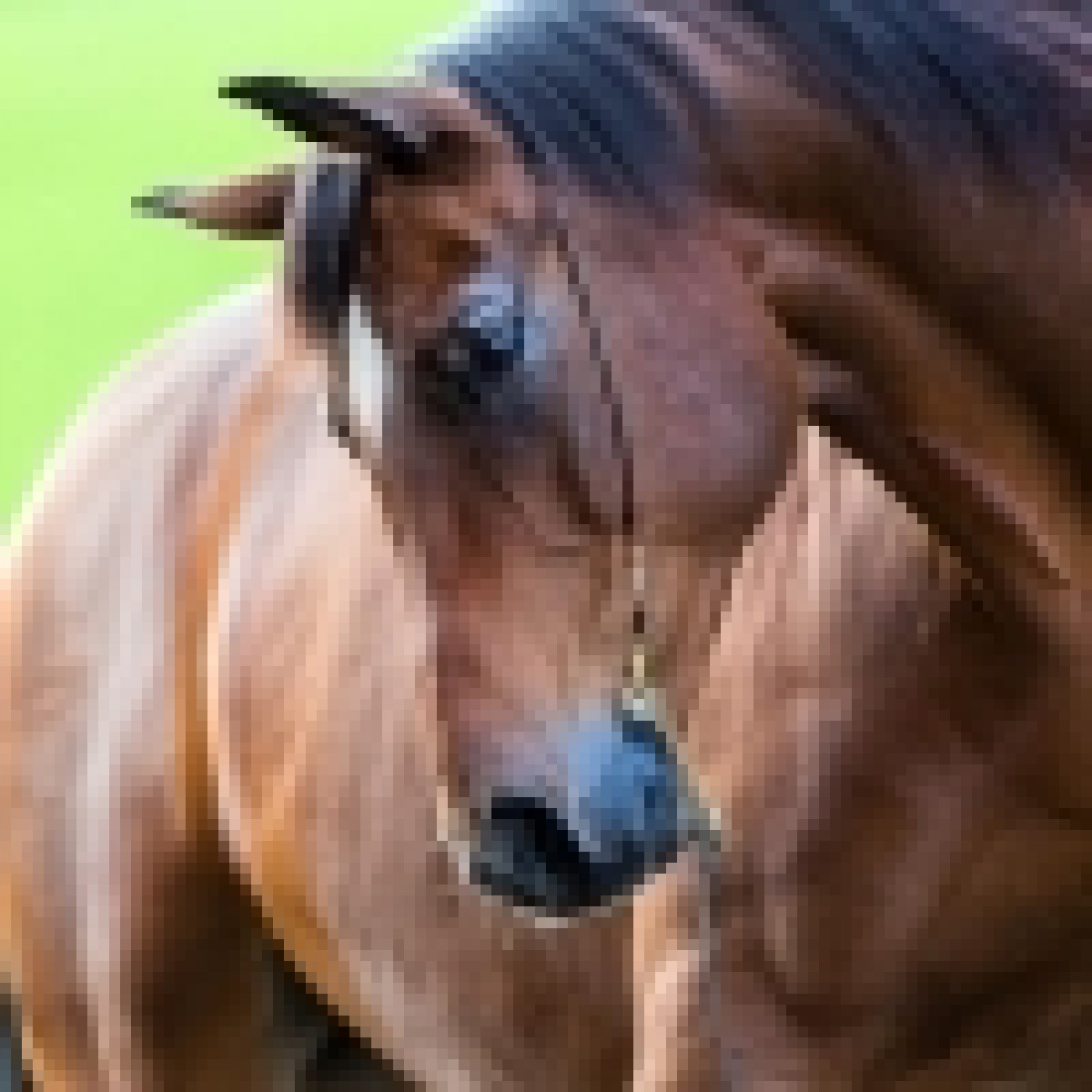
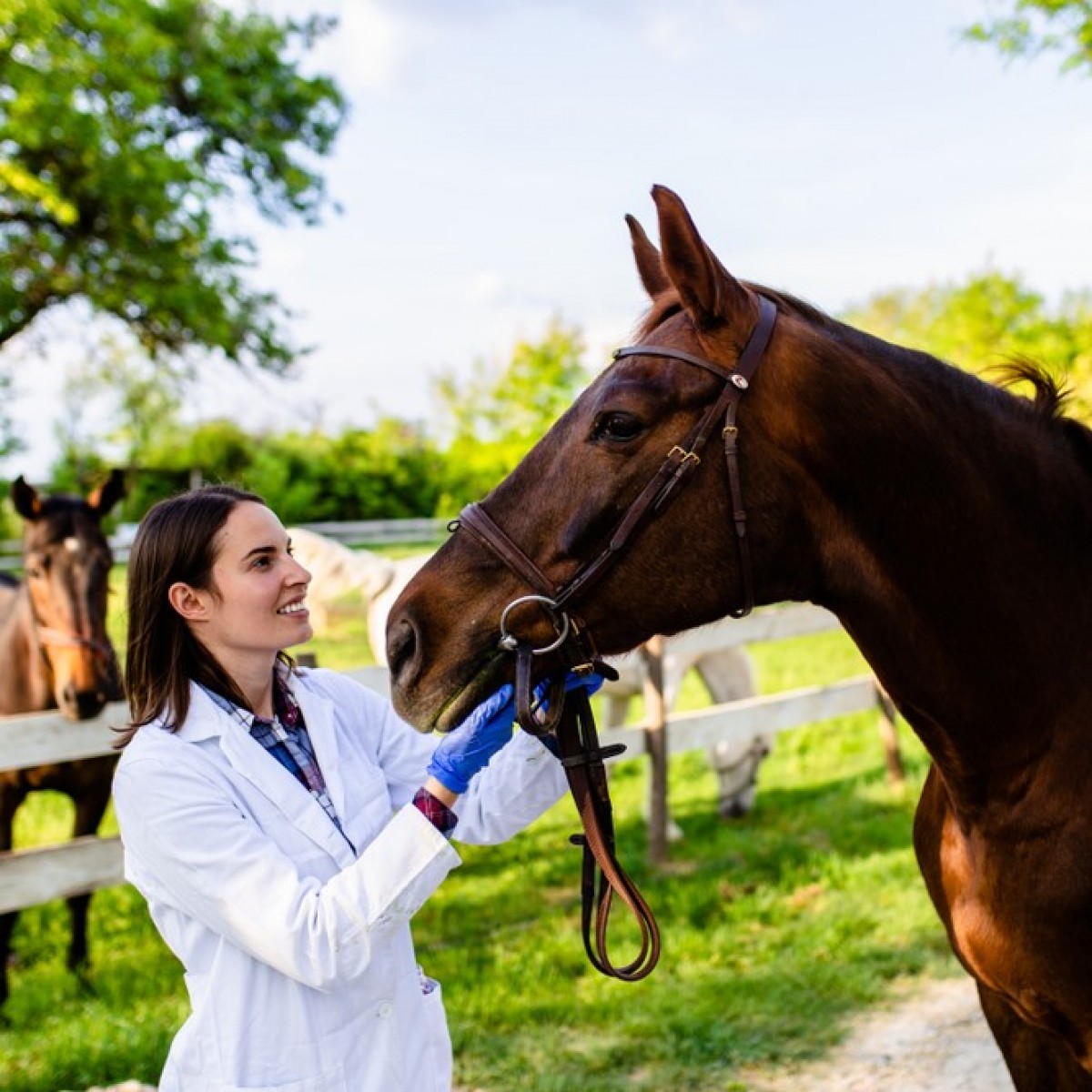
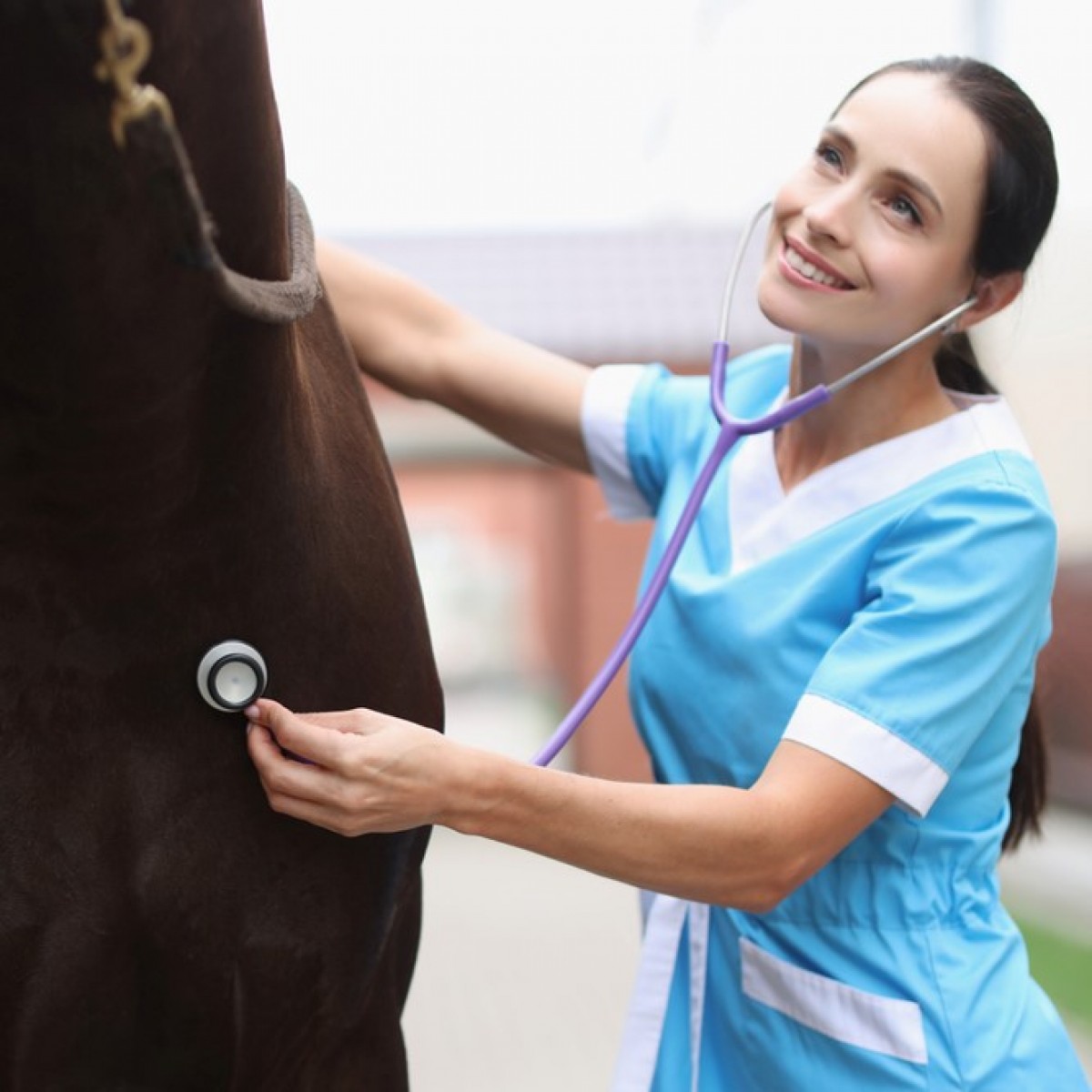
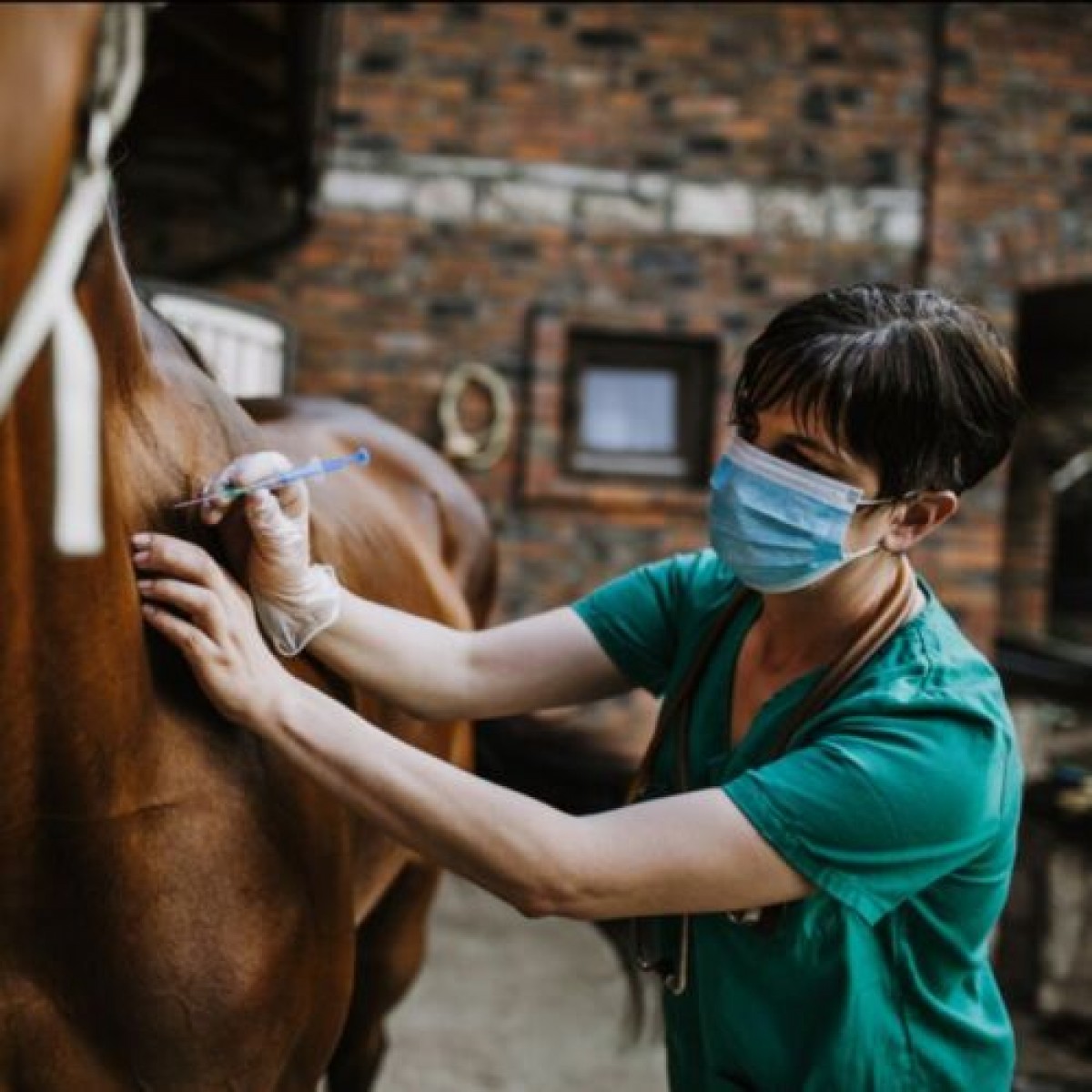

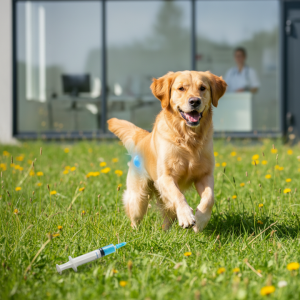
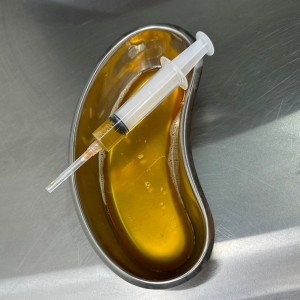
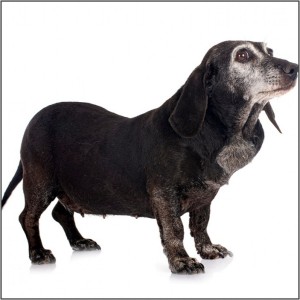
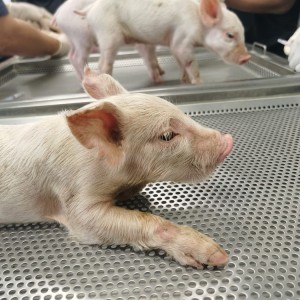
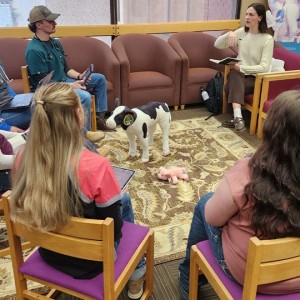

List
Add
Please enter a comment